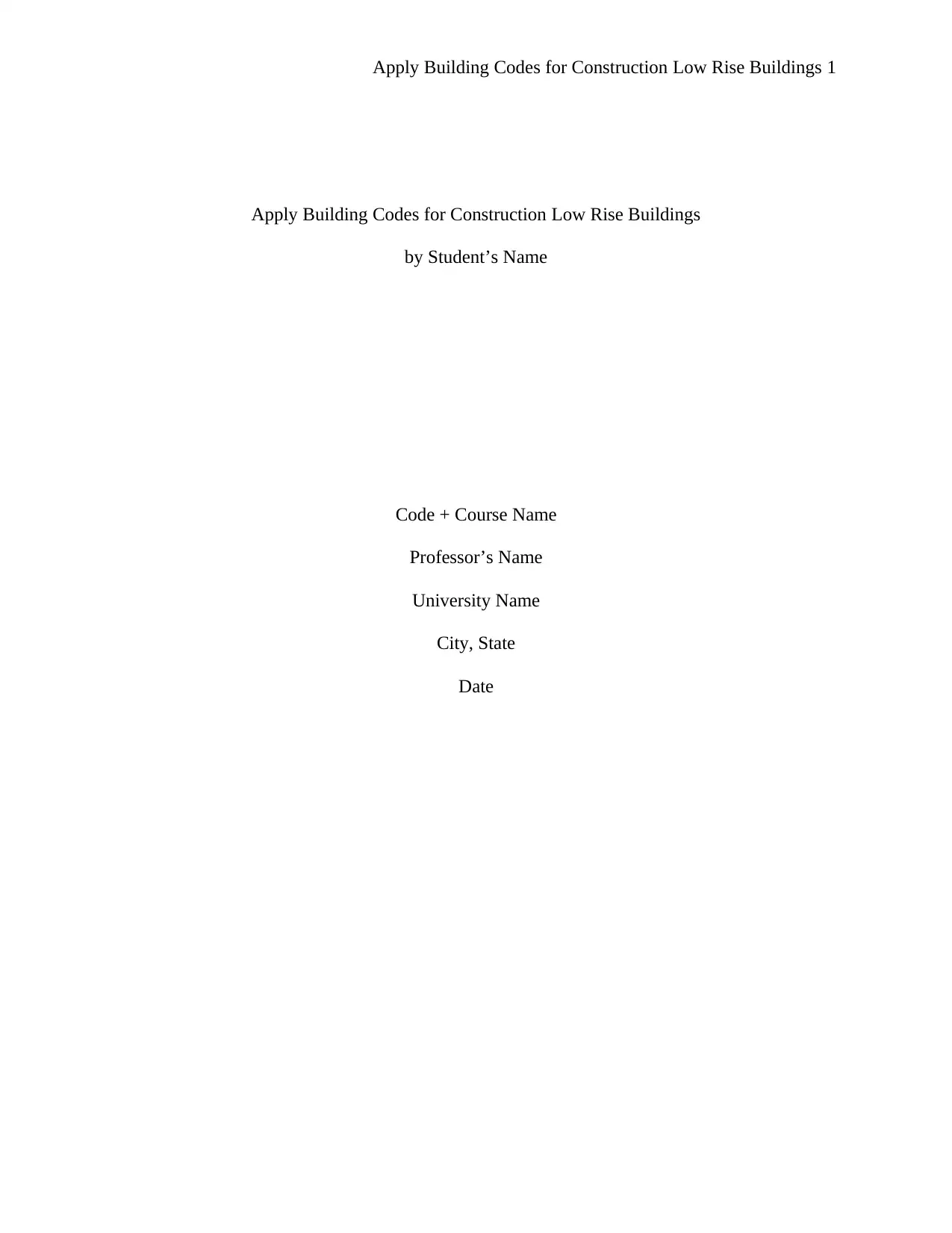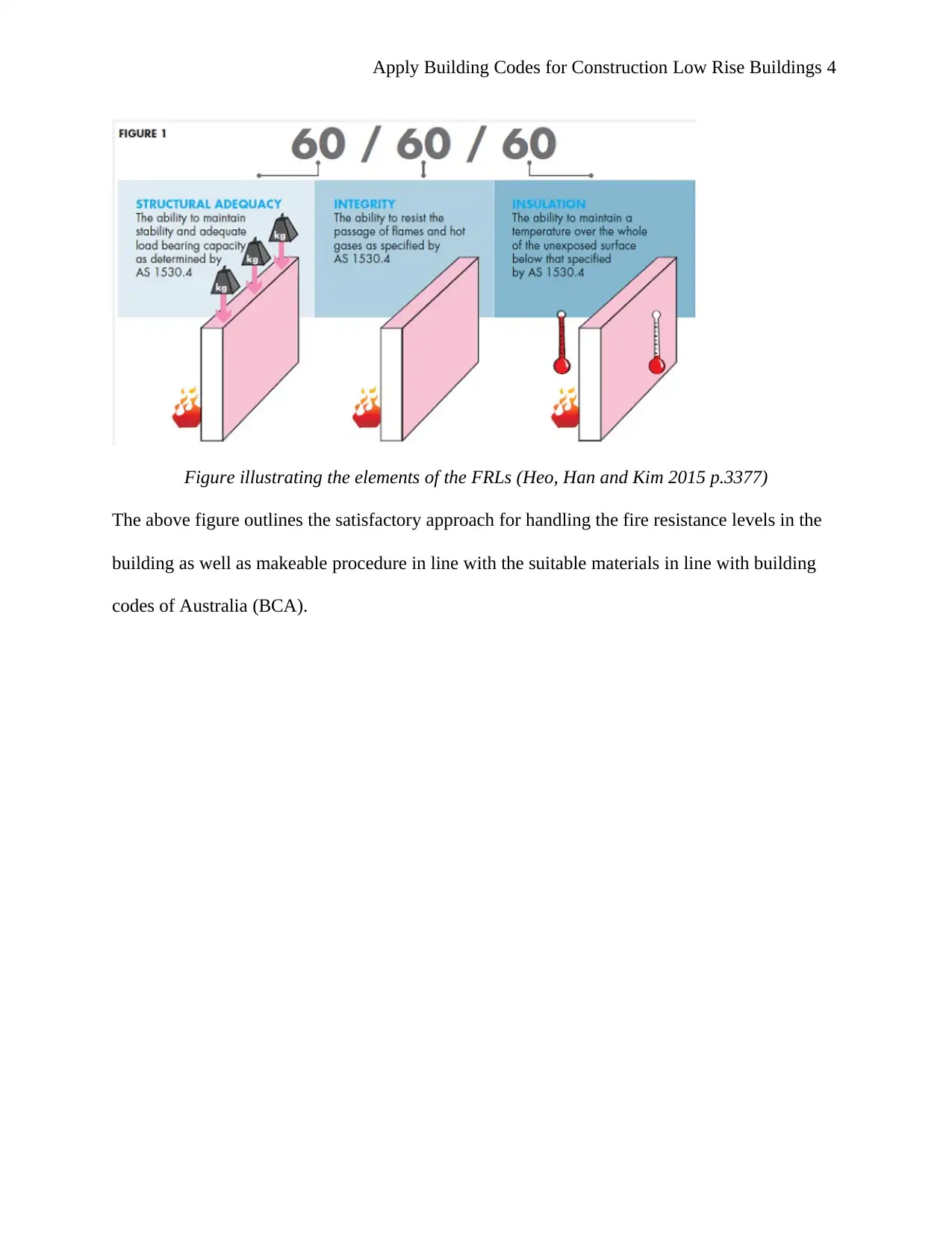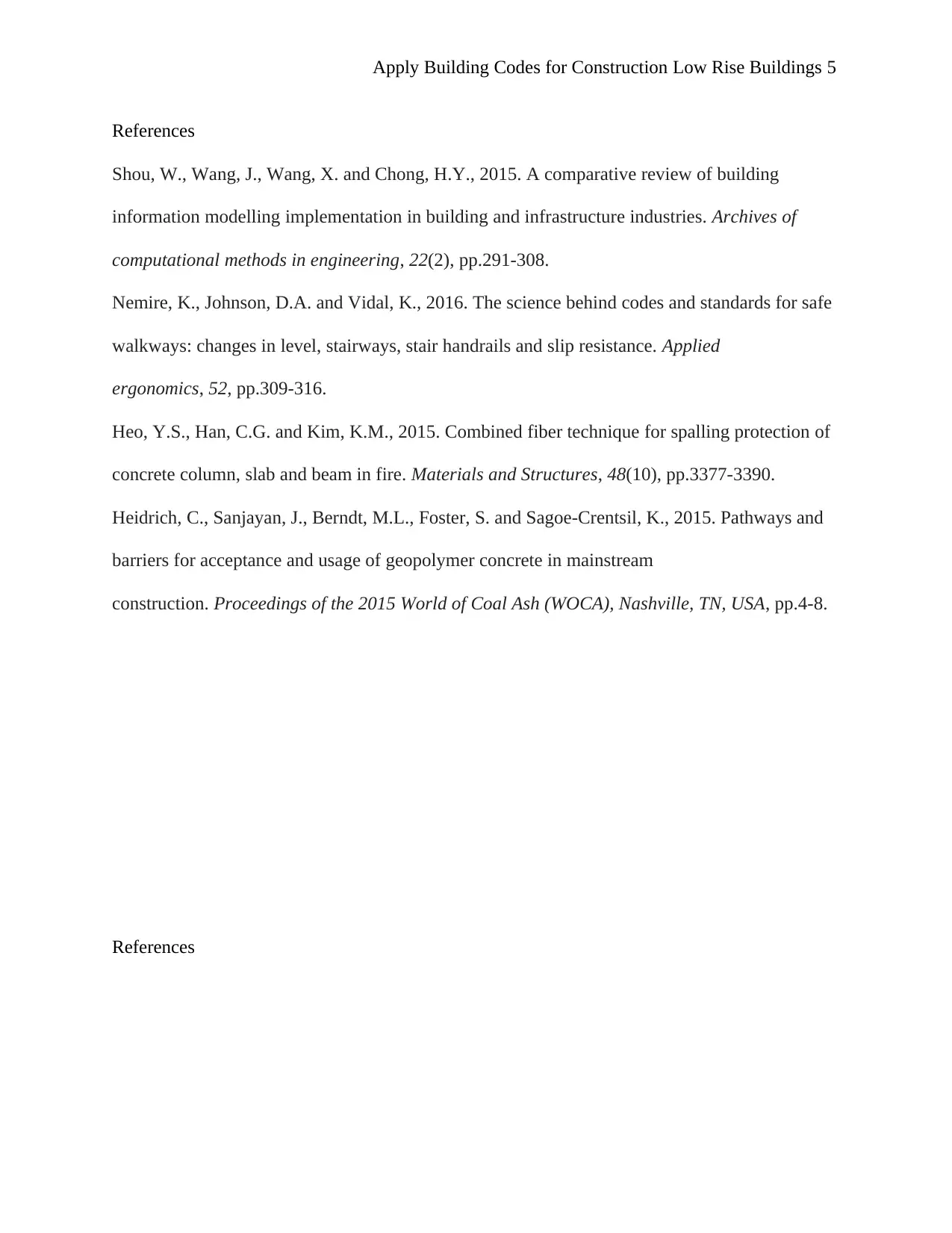Applying Building Codes for Construction of Low Rise Buildings
VerifiedAdded on 2021/09/13
|5
|796
|146
Homework Assignment
AI Summary
This homework assignment explores the application of building codes in low-rise construction. The solution addresses the requirements for emergency lighting in various scenarios, including fire-isolated passageways, public access areas in Class 6 or 9B buildings, and buildings with floor areas exceeding 300 m2, referencing the Building Codes of Australia (BCA). It also examines the sections of the BCA that must be checked when complying with Deemed-to-Satisfy provisions, emphasizing parametric considerations of materials, design factors, and construction methods. Finally, the assignment details the required Fire Resistance Levels (FRLs) for Class 6, Type C buildings, and suggests suitable materials that meet these criteria, providing a comprehensive understanding of building code compliance in low-rise construction, supported by relevant references.
1 out of 5









![[object Object]](/_next/static/media/star-bottom.7253800d.svg)